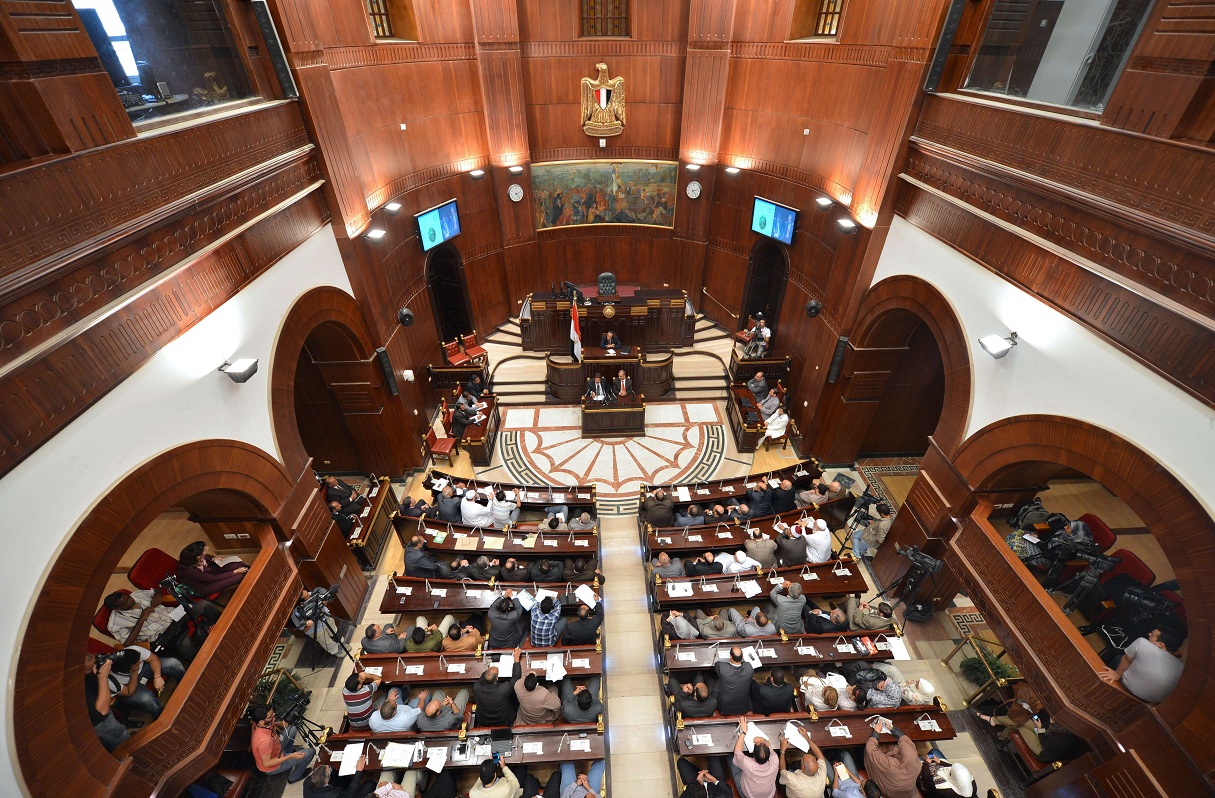It’s not everyday you see a President Putin look-alike frolicking in a ripped vest – but then the Cairo Film Festival does open windows onto all sorts of worlds.
Valery Pendrakovsky’s film “Full Scope, a competitor for this year’s Golden Pyramid, is set in Crimea and describes the events which ensue when Koshya (the Putin doppelganger) returns to his native fishing village with his boss, Ira, who is also his girlfriend. While most of the film is a slightly twee romantic comedy it takes a dark and unexpected turn at the end.
Ultimately however, “Full Scope is a run-of-the-mill love story redeemed only by being set in an area with a fascinating history, and its occasionally excellent cinematography.
Ironically, it is the cinematography which betrays the weakness of the love story at the center of the plot: juxtaposed against the imposing Crimean countryside and imperious Azov Sea is a hackneyed tale of a man torn between two women.
Koshya is on a driving holiday with Ira, who is 20 years his senior but who he claims to adore, and at her request takes her to the place where he grew up to meet his childhood sweetheart.
On arriving, however, he finds that Katya, the girl he left behind, has bloomed into a gazelle with endless legs; he is smitten, immediately. He steals away from Ira in the night to be with Katya – declaring his love for her – before returning to Ira in the morning and claiming eternal allegiance to her, as well. This back and forth continues throughout the film until Koshya finally settles on one of them – with tragic results.
The love story, Koshya’s dilemma and the identity-confusion of the fishing village in which the events take place (the village is caught between its Soviet past and its nascent autonomy) are all intended as an allegory for the uncertainty of contemporary Russian society. After being freed from Soviet rule, the country was caught between two ages. Thus, Koshya must choose between his sophisticated Muscovite boss and the innocent, wholesome beauty of his childhood Crimean sweetheart.
The problem is that Koshya is so whimsical as to make the audience doubt not only his sincerity vis-à-vis the ladies but also the credibility of his character as a whole. In fact, nearly all of the characters were two-dimensional with the exception of Ira and Katya. Some of the lesser parts were positively cliché caricatures, such as the alcoholic village policeman, who is a buffoon, and Katya’s ruddy-complexioned aunt, who is a formidable bear of a woman.
Meanwhile, all the men of the village under 40 had the physique of underwear models, which – while it was not unpleasant – seemed to again compromise authenticity for the sake of aesthetics.
Aesthetically the film is spectacular, largely thanks to the natural beauty of the Crimean region and the Azov Sea. It is just a shame that the plot failed to match this by competently conveying the national identity crisis, which scriptwriter (and wife of the film’s director) Anna Pendrakovsky explained during the press conference, lies at the heart of the story.
The one exception to this was a scene in which the village examined its Soviet past by screening a newsreel. In it we see Katya’s aunt and her comrades in the fish factory in which she worked during Soviet days receiving a state prize. Feathers fly afterwards when village women accuse her – a former Communist party member – of sending her daughter (a migrant worker in Germany) “to wash capitalist floors.
The film was otherwise a very light, pleasant, romantic comedy with an intrusive soundtrack and a brief change of pace near the end which is so sudden as to nearly jolt the audience out of their seats.
Interestingly, it was revealed during the press conference that last year Russian films took more at the box office than US productions.





